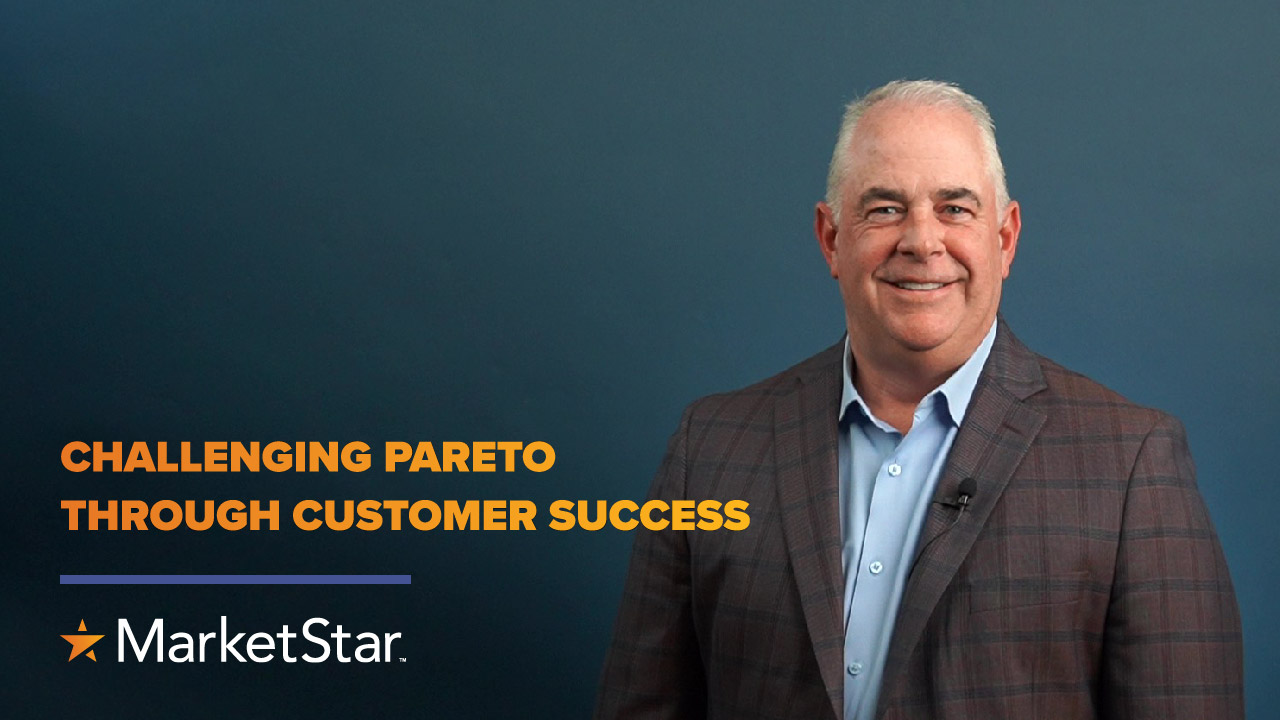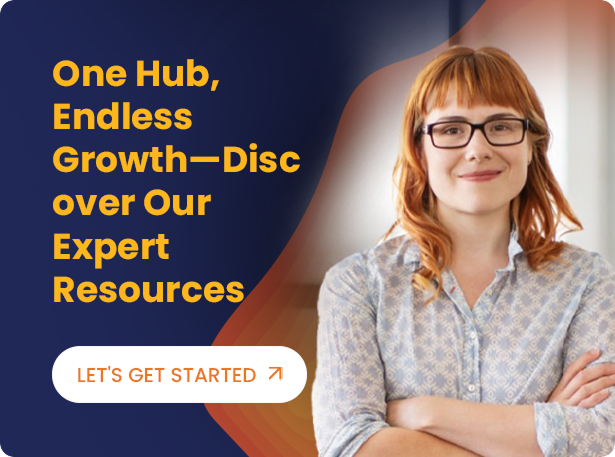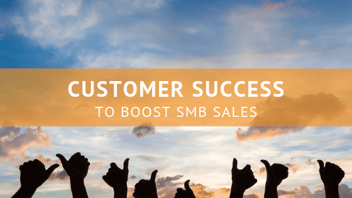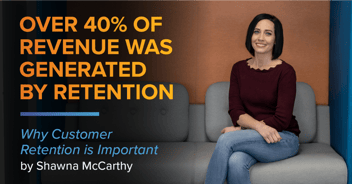Most individuals have come to know and understand the Pareto principle of 80/20, conceptualized by Vilfredo Federico Damaso Pareto, born in 1848. Rumor has it that one day Pareto noticed that 20% of his pea plants in his garden generated 80% of the healthy pods. Upon further research and understanding into different industries, he came up with the well-known and generalized result of 80% of the results will come from 20% of the actions. Over the years we have come to accept this principle in many aspects of business life. For example, it is often assumed that 80% of revenue comes from 20% of customers or 20% of a company’s products represent 80% of the sales, and so on.
However, over the last decade, I’ve seen an unbefitting trend occur in Customer Success. Businesses usually focus on the 20% of their customers completely missing the opportunity of engaging with their 80% of non-buying customers that could immediately add incremental revenue, repeat buys, and increase loyalty from their base. The customers who have bought before are more likely to buy again, given the right opportunity. That’s where the right Customer Success operation comes in.
Customer Success is more than account management, it’s more than sales, more than support, and more than service. It’s defined by engagement, real problem solving, and customer solution selling at its finest. Sales is the focus and penetration of product-focused interactions; however, true Customer Engagement is the nearly constant reciprocated discussion on the value of the solution to the customer.” According to Invesp Consulting:
- Existing customers are 50% more likely to try new products and spend 31% more than new users.
- Increasing customer retention by 5% can increase profits up to 95%
- Around 89% of companies view customer experience as a key factor in driving customer loyalty and retention. 1
Several years ago, I started a company where we had potential repeat customers that constantly worried me due to our inability to consistently engage. We naturally did all we could to maintain a relationship, but until we dedicated the necessary resources to our non-repeat buying, it didn’t grow. Once we engaged deeper, with reoccurring touchpoints, it gave us a chance to “earn” and “solve” more of their wants, thus resulting in future, and larger sales.
If you are working in a SaaS environment the need for Customer Success couldn’t be greater. The difficulties in ramping up a new Customer Success program, (or even segmenting), and then hiring sufficient talent is difficult at best. Customer Success is hard, in fact, it’s really hard. Not because of the focus on customers, but for everything around it. It’s about managing the customer lifecycle, yes, but it’s knowing the technology, metrics, and engagement principles that actually make the difference.
So where do you struggle in retaining customers? Is it in expansion, adoption, managing risk, or true success planning, or is it ensuring you are maintaining a constant presence of engagement? You could increase the base (80%) by driving new strategies, promoting new products, and increasing loyalty. Allowing an increase in the base customer revenue.
If a company can directly focus on the 80% of customers that currently drive 20% revenue through Customer Success strategies, the combination can be game-changing. Customer Success is about creating an effective culture that drives retention and mitigates churn. It’s about building a successful model that invites the customer to buy again, and again, and again. Obviously, this works best in a SaaS subscription model but, can be used in nearly any industry where the firm is trying to manage the customer into a buying cycle.
Customer Success is relationship-focused client management, that couples customer goals with the producers’ products. MarketStar Customer Success strategies are focused on mitigating churn and increasing up-selling opportunities and improving the customer lifetime value (LTV) for the client. Remember, Customer Success is a choice, and when developed correctly, can be the difference between stagnation and growth. By focusing your efforts on the 80% of customers that are currently delivering only 20% of your revenue, you can now expand your base and drive new unfound additional revenue.






